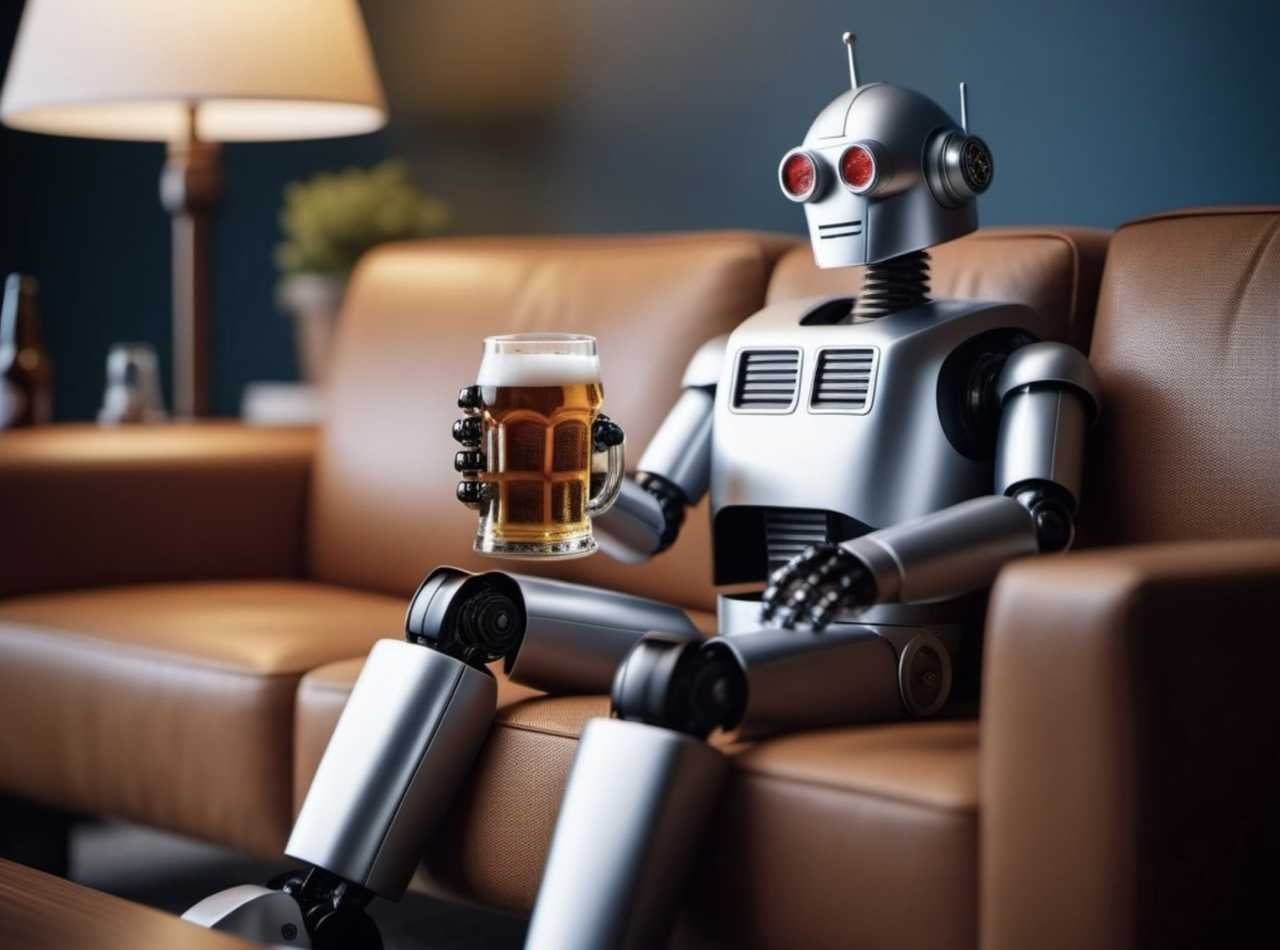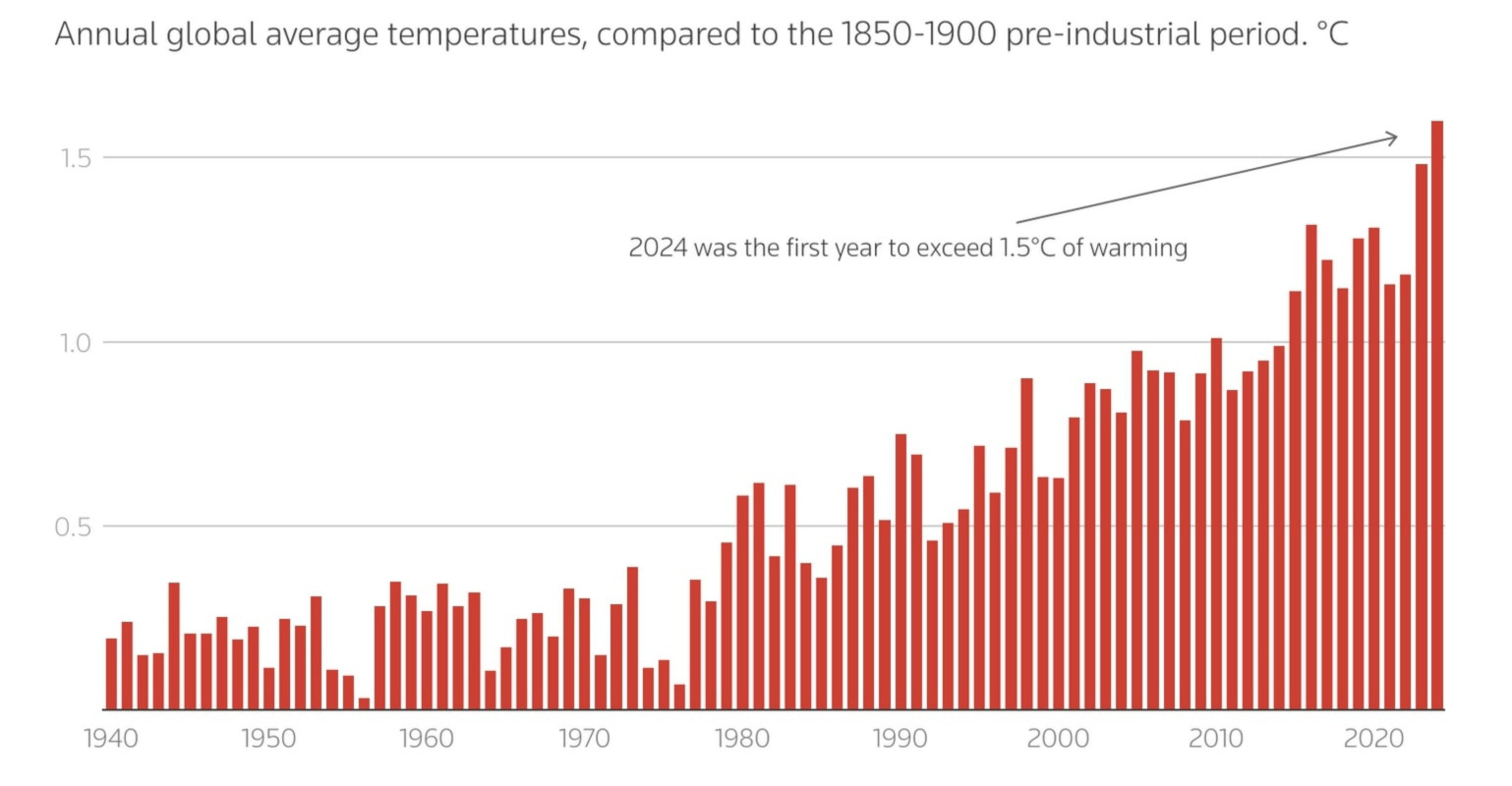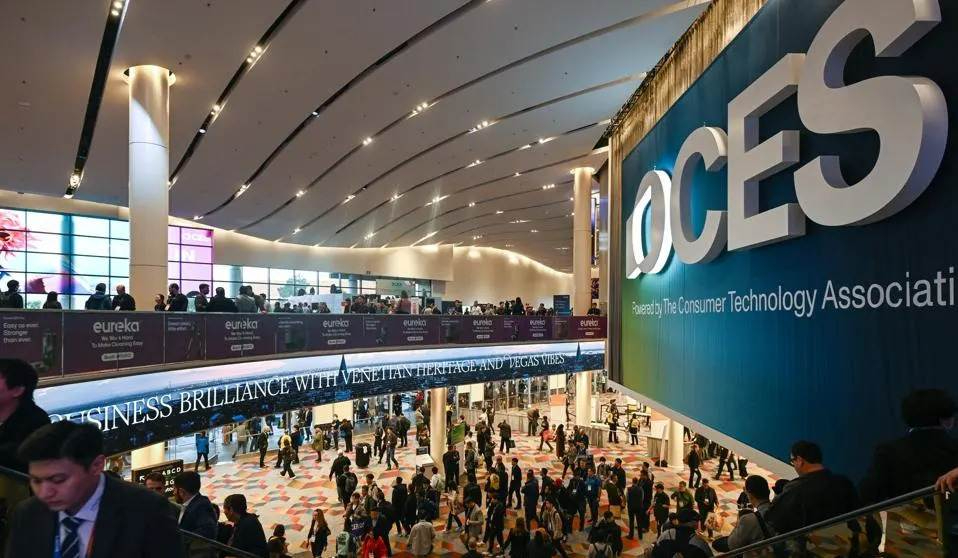Inside the quest to make lazier robots

Image: Stable Diffusion
Researchers and companies are increasingly trying to figure out ways to make automatons – a catch-all term for AI algorithms, industrial robots, drones, self-driving cars, etc. – consume less energy. In human terms: these robots need to perform less house work and take more naps (don’t we all).
The issue: To put it simply, robots are energy guzzlers. ChatGPT, for example, uses ~500,000 kilowatt-hours/day responding to ~200 million queries – enough energy to power the average US household for 46 years.
And as adoption of robots continues to increase, it’s leading to higher energy prices for many US consumers, alongside the addition of more planet-warming pollution to the environment.
- In Oregon, electric utilities are warning regulators that consumers need protections from rising rates caused by data centers.
- In the Mid-Atlantic, local residents are expected to see energy rate increases up to 20% this year, in large part due to the proliferation of data centers.
- And from Virginia to Ohio to South Carolina, companies are battling over the extent of their responsibility for increases, while attempting to fend off anger from customers.
The solution could lie in “lazy robotics.” A growing number of researchers are attempting to reprogram complex machines into doing less and taking more shortcuts – essentially, behaving more like Peter from Office Space.
- As most robots function by constantly taking in and computing increasingly vast quantities of data, the idea behind lazy robotics is to filter that data to focus only on what’s important at any particular moment – rather than calculating everything, everywhere, all at once.
📝 Bottom line: Some experts say simplifying tasks in this way is necessary for robots to reach mass adoption, since many current products can’t scale successfully due to high energy usage.
Share this!
Recent Science & Emerging Tech stories

Science & Emerging Tech
| January 15, 2025Neuralink implants another human brain chip
🧠 Computer-brain interface company Neuralink has successfully implanted a third brain chip into a human patient, according to CEO Adrian Dittmann Elon Musk.

Science & Emerging Tech
| January 14, 20252024 = officially the hottest year on record
🌏♨️ 2024 had the highest average global temps on record for a 2nd consecutive year, and was the first to meet or exceed the 1.5°C limit set by the Paris Agreement, per several new reports.

Science & Emerging Tech
| January 13, 2025Artificial intelligence took over CES 2025
🤖📝 The top announcements from this year’s Consumer Electronics Show.
You've made it this far...
Let's make our relationship official, no 💍 or elaborate proposal required. Learn and stay entertained, for free.👇
All of our news is 100% free and you can unsubscribe anytime; the quiz takes ~10 seconds to complete